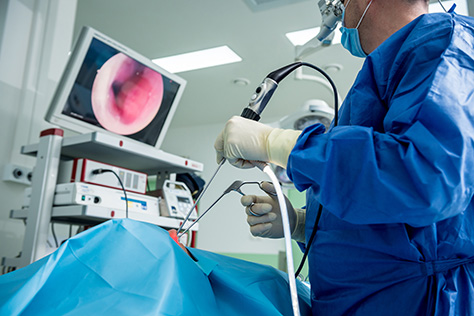Dr. Ronald Chin’s Necessary ENT Instruments
Dr. Ronald Chin’s Necessary ENT Instruments Dr. Ronald Chin relies on essential instruments for examining and treating ENT conditions. These include the otoscope, which allows…

Dr. Ronald Chin’s Necessary ENT Instruments Dr. Ronald Chin relies on essential instruments for examining and treating ENT conditions. These include the otoscope, which allows…

Dr. Ronald Chin’s Take on the Examination of the Nose So first, we’ll check the shape of the nose to see if there is any…

Ent Surgeons Childhood is a time of immense growth and development. It marks the transition from infancy to adulthood, with many challenges that require specialized…
End of content
End of content